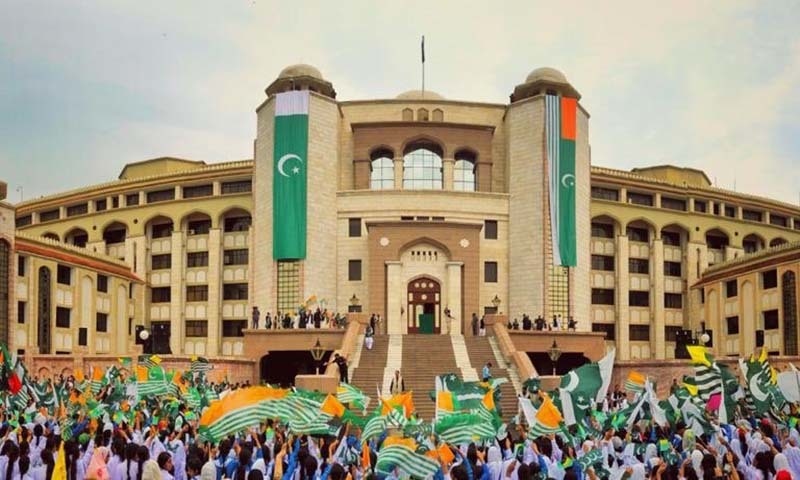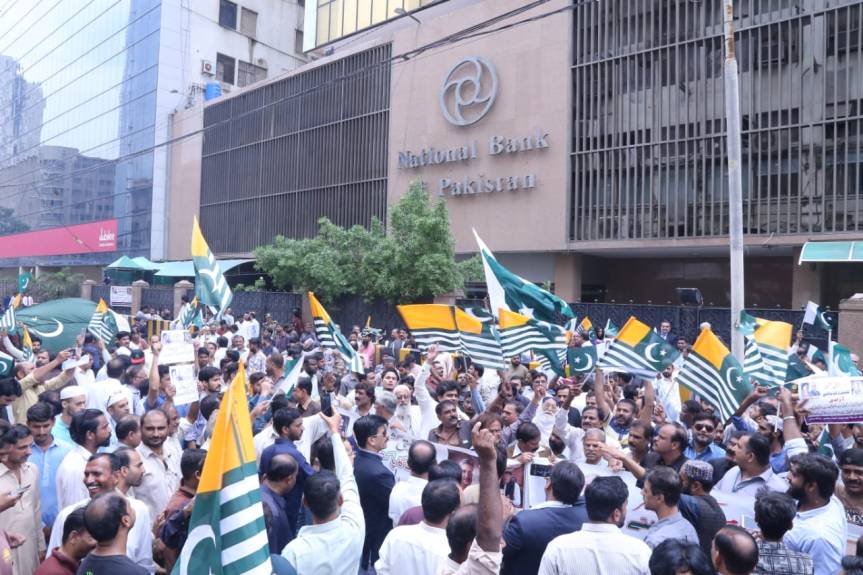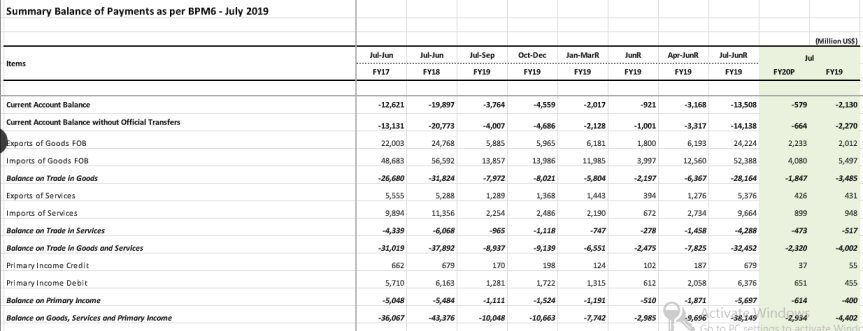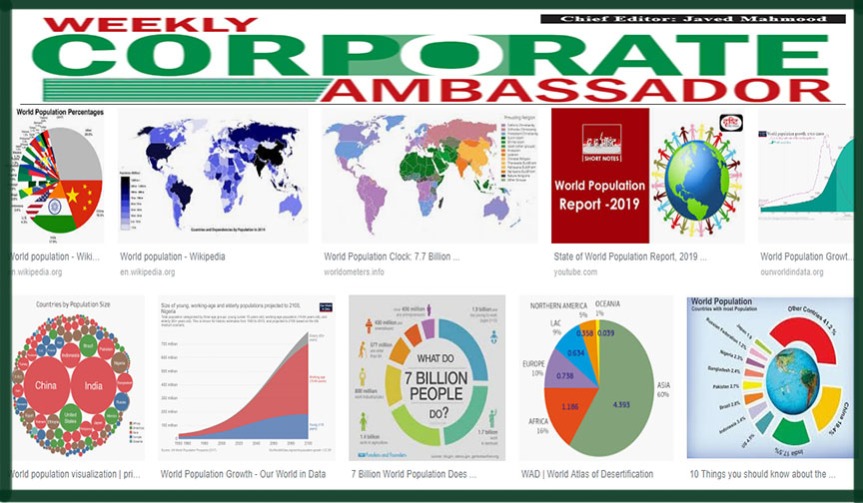National Bank and First Women Bank also hold demonstrations in Karachi

Corporate Ambassador/ISLAMABD & KARACHI: Pakistanis participated in several rallies and protests on Friday throughout the country to express solidarity with Kashmiris living in IOK who are facing a fresh phase of Indian oppression and brutalities since August 5, 2019.
On the appeal of Prime Minister Imran Khan, a large number of Pakistanis came out on Friday to observe ‘Kashmir Hour’ from 12pm to 12:30pm to express solidarity with Kashmiris.
Educational institutions, government, private offices, bankers, traders, lawyers and military authorities took part in the events. All traffic signals turned red at noon.
Small and large rallies were also held across the country by citizens, lawyers, and people from other walks of life. Various leaders took part in Kashmir Hour events including Sindh Governor Imran Ismail, Balochistan Chief Minister Jam Kamal Khan Alyani, Khyber Pakhtunkhwa Chief Minister Mahmood Khan and Punjab Chief Minister Usman Buzdar.
Sindh Governor Imran Ismail, Federal Minister for Water Resources Faisal Vawda, PTI’s Dr Seema Zia and former cricketer Shahid Afridi at a Kashmir Hour event in Karachi.
In the federal capital, the main event was held outside the Prime Minister’s Office (PMO) where a large gathering was addressed by the prime minister. The national anthems of Pakistan and Azad Jammu & Kashmir were played at the start of the event.
“Today, all of Pakistan, wherever there are Pakistanis, whether they are our students, or shopkeepers or labourers — today all of us are standing with our Kashmiris,” the premier said.
“Our Kashmiris are going through a very tough time.”
The premier said that the ideology of the Rashtriya Swayamsevak Sangh (RSS) had taken over India, “the way the Nazi party had taken over Germany”.
“They think that Muslims should be taught a lesson, that they are not equal citizens. Today, the whole world is seeing what is happening in Kashmir.”
Prime Minister Imran said he has conveyed to all foreign leaders that if the international community does not stand up to Indian Prime Minister Narendra Modi’s “fascist government”, the effect would be felt in the whole world. The premier reiterated that if India planned to take any action in Azad Jammu and Kashmir, “every brick will be countered with a stone.”
“Forget the media; they did not let even [Indian] opposition leaders go to Srinagar.”
Another event was held at the Aiwan-e-Sadr where President Arif Alvi addressed the crowd.
National Bank holds big rally in Karachi
 National Bank of Pakistan held a big rally at I.I. Chundrigar Road in Karachi. In this rally, hundreds of bankers belonging to NBP and other banks and corporate entities at Chundrigar Road joined this crowded demonstration. NBP also organized similar demonstrations in all its regional offices to show solidarity with Kashmiris and to voice concern against Indian oppression.
National Bank of Pakistan held a big rally at I.I. Chundrigar Road in Karachi. In this rally, hundreds of bankers belonging to NBP and other banks and corporate entities at Chundrigar Road joined this crowded demonstration. NBP also organized similar demonstrations in all its regional offices to show solidarity with Kashmiris and to voice concern against Indian oppression.
 President NBP Arif Usmani led the rally in Karachi. The participants demanded freedom for Kashmiris living in Indian Occupied Kashmir and end to brutalities on the innocent Kashmiris.
President NBP Arif Usmani led the rally in Karachi. The participants demanded freedom for Kashmiris living in Indian Occupied Kashmir and end to brutalities on the innocent Kashmiris.
First Women Bank demo

First Women Bank officials also held a demonstration outside the head office in Karachi to express solidarity with Kashmiris. President of the FWBL and other senior bankers participated in this demonstration.
Different social welfare organizations also held demonstrations in Karachi and other cities to condemn Indian oppression on Kashmiris.




 Two days ago, India has dropped water bomb on Pakistan by opening flood-gates of its dams towards Pakistan. This Indian water aggression was being mourned throughout the country on Monday (Aug 19), but the PM Khan’s decision to give another 3-year term to present army chief has changed the scenario and many circles in Pakistan are treating it as if the country was got freed Indian Occupied Kashmir (IOK) from Indian forces.
Two days ago, India has dropped water bomb on Pakistan by opening flood-gates of its dams towards Pakistan. This Indian water aggression was being mourned throughout the country on Monday (Aug 19), but the PM Khan’s decision to give another 3-year term to present army chief has changed the scenario and many circles in Pakistan are treating it as if the country was got freed Indian Occupied Kashmir (IOK) from Indian forces.






